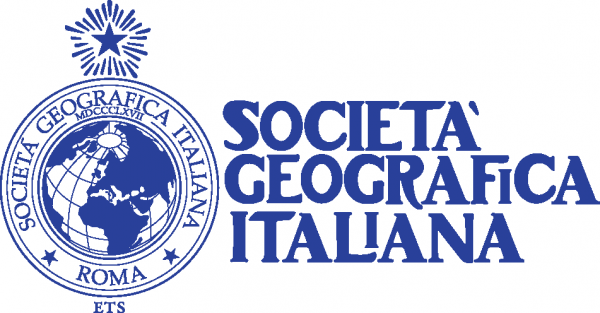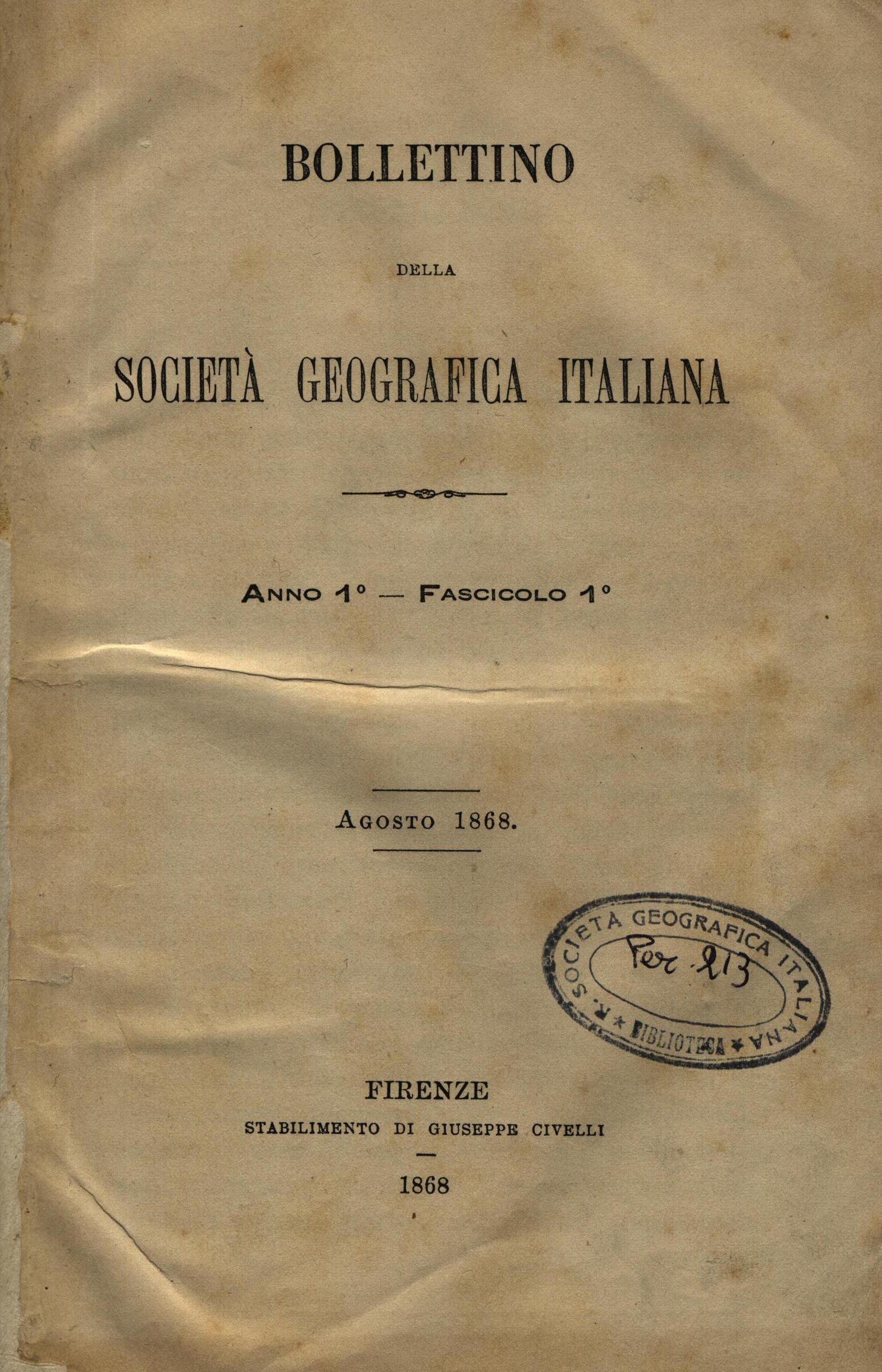TERRITORIAL PERSPECTIVES OF DEVELOPMENT IN THE 2004-2014 DECADE AND NEW GEOPOLITICAL COLLOCATION (REPLACEMENT) OF RUSSIA
DOI:
https://doi.org/10.13128/bsgi.v8i2.332Abstract
At the end of an expansive period in terms of geopolitical influence, in the summer 2014, a delicate moment of transition, Russia shows a strong economic growth and a gradual growing international importance. Moscow moves today its checkers trying to play again the same role it used to play in the past especially in Asia. Furthermore, an ambitious strategic plan of infrastructural development, in the central and eastern regions, foresees that in 2020 almost one third of Russian population will live in those territories, object of great development projects: the district of Far East will be the destination of a massive empowerment of energy production from renewable resources, and will see the reinforcement of the infrastructural links between its major cities, while Siberia will become an energy hub for oil & gas, and the District of Ural, will become the strategic point for logistic, industrial production and trade toward centre Asia, the very heart of the Euro Asian Economic Union.









